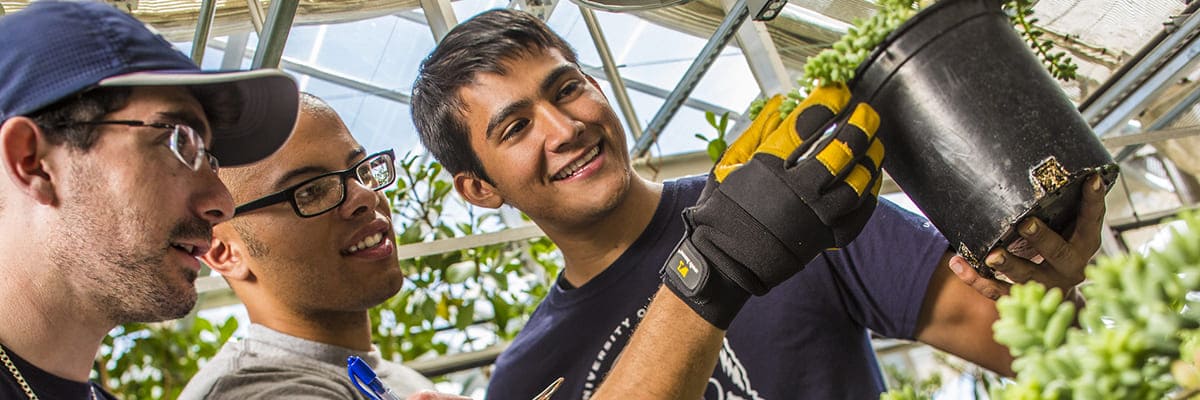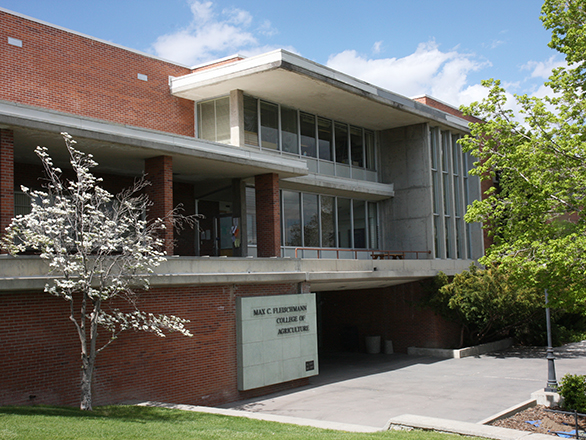Admissions information
When to apply
Application deadline for our graduate programs:
- Fall: Dec 15
- Spring: Nov 1
How to apply
You can start your application through The Graduate School website, which provides detailed instructions on the application process.
What's required
In addition to the general requirements required by the Graduate School, the EECB program requires the following:
- Cumulative GPA of 3.0 or higher
- For international students, a TOEFL score of 600 or greater or IELTS
- Coursework in physical sciences, mathematics, and biochemistry; exact coursework to be determined by each EECB advisor, in consultation with our admissions committee. Recommend coursework could include, for example:
- Coursework in physical sciences (6 credits)
- University mathematics including calculus (6 credits)
- Organic chemistry or biochemistry (6 credits)
- Biology coursework (24 credits, including genetics, evolution, and ecology), or equivalent evidence of ability to succeed in a doctoral program in ecology, evolution and conservation biology
The admissions committee considers all aspects of each student's application, and we aim to be inclusive and flexible for admissions decisions for students with a variety of backgrounds.
How to get started
The preferred approach to admission to the EECB program is outlined below:
- Check out our list of program areas and potential EECB faculty members.
- Visit faculty websites, read some of their papers, and find an advisor with interests that really excite you.
- Contact faculty to express interest, and inquire if they are planning to accept students in the near future.
- Sending a CV and short statement of interest during these initial email contacts is a great way to help faculty understand who you are and how you might fit into their labs.
- As you continue your conversations with potential advisors, we suggest that you ask them if you can talk with their current or past graduate students. This is a great way to get information about our program, generally, and their lab, specifically.
Have you contacted any current or former students of your potential advisor? This is not required, but recommended.


